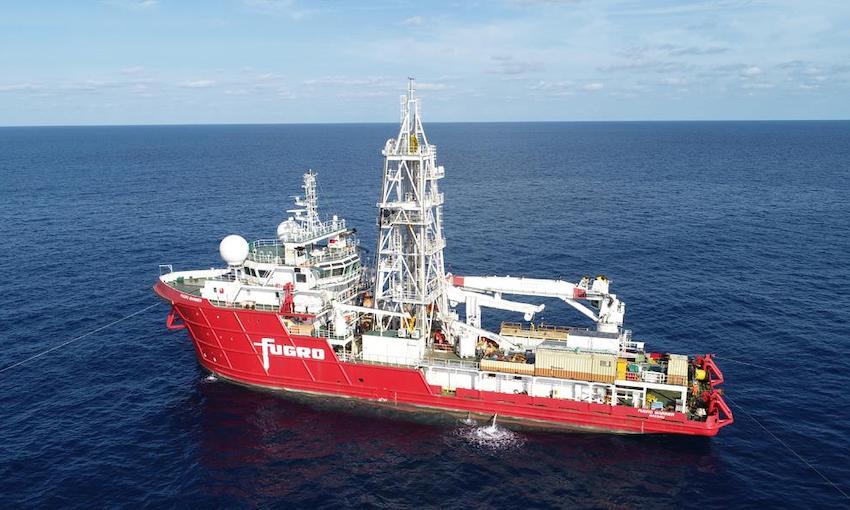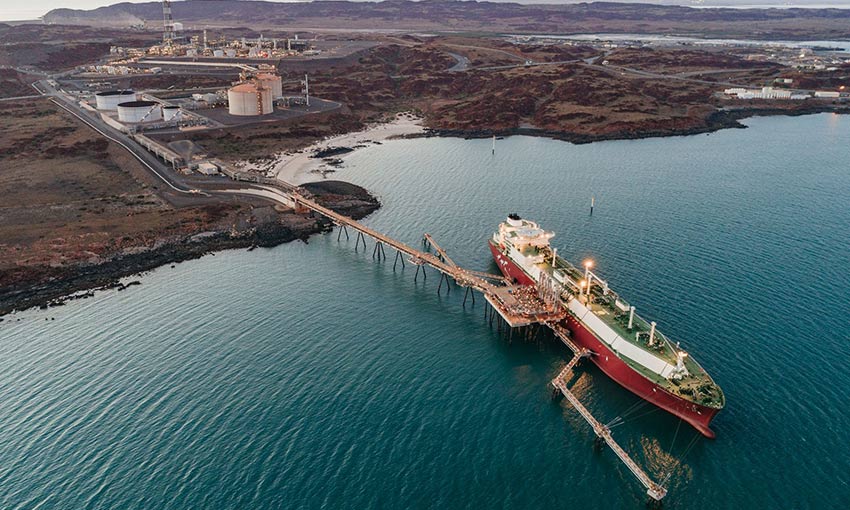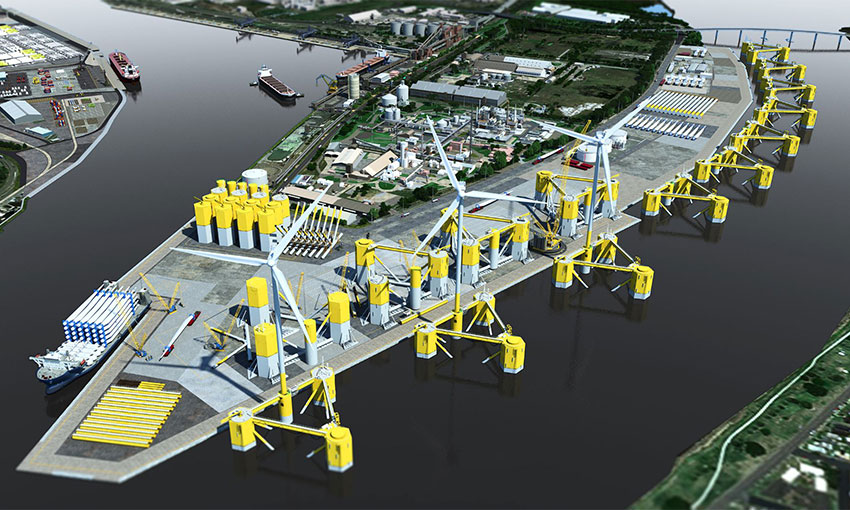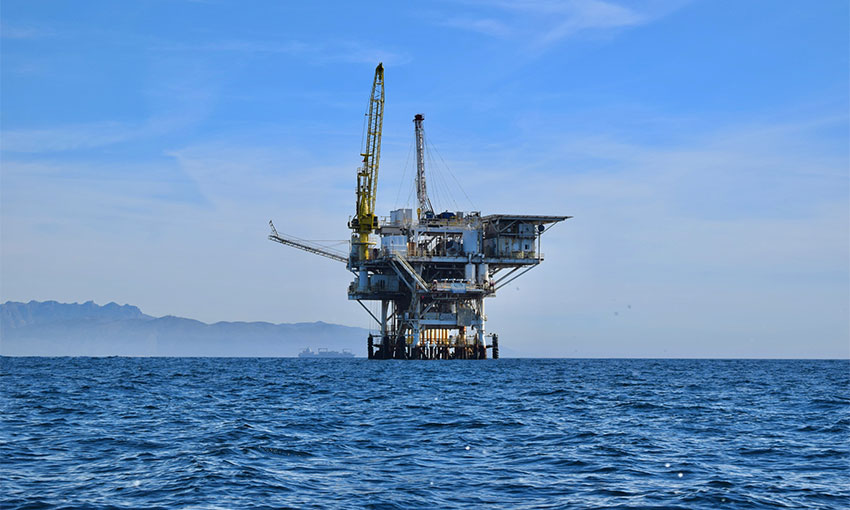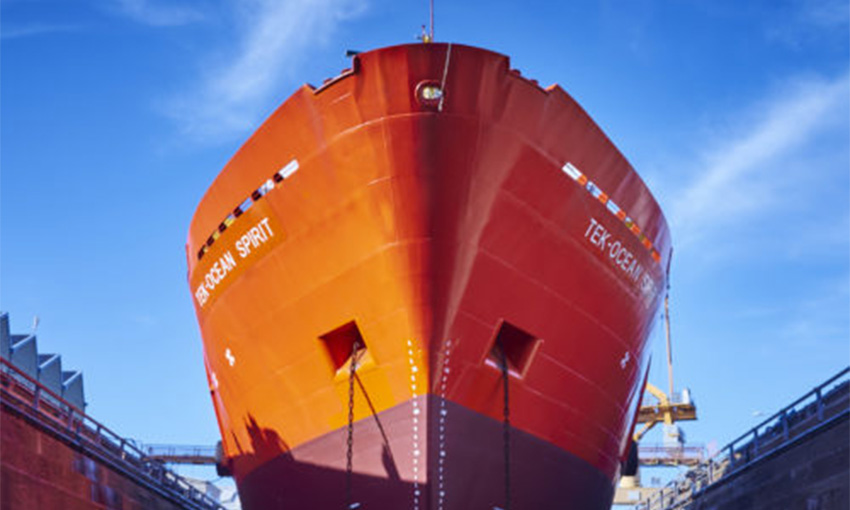A SPECIALIST offshore vessel and Australian crew will survey seabed conditions in the Bass Strait for an offshore wind project.
The proposed Star of the South wind farm would be installed off the South Gippsland coast, Victoria.
Bahamas-flagged drilling vessel Fugro Mariner, now in Australia, has been tasked with collecting soil and rock samples from up to 70 metres below the sea floor to ensure wind turbine foundations are designed to suit local seabed conditions.
The geotechnical survey operation is expected to take five weeks to complete.
The Maritime Union of Australia said Fugro Mariner has around 25 days of work in the Bass Strait, as well as mobilisation and demobilisation voyages.
It said the vessel will be crewed by Australian seafarers employed by Australian Offshore Solutions (AOS) under a union agreement.
MUA assistant national secretary Adrian Evans said the union has been calling for a “just transition” for maritime workers – a shift that involves upskilling the workforce as the maritime industry decarbonises.
“MUA members on this vessel are among the first workers to work on an offshore wind project in Australia, and this is an important milestone in the development of offshore renewable energy in Australia,” Mr Evans said.
“While we expect this to be the first of many vessels, performing the first of many voyages in pursuit of sustainable, clean energy around Australia’s coast, it is also an exciting and significant indicator of a rewarding and strategically significant future for Australian seafarers.”
The Star of the South project is, according to minister for energy and resources Lily D’Ambrosio, the first-ever marine geotechnical campaign in Australia for offshore energy.
The Victorian government invested $19.5 million in pre-construction work at the site through its Energy Innovation Fund.
“Offshore wind energy will play a critical role in helping Victoria to achieve its target of net-zero emissions by 2045 and Gippsland will be at the centre of this transformation,” member for Eastern Victoria Tom McIntosh said.
The state government said it has offshore wind energy targets of at least two gigawatts of capacity by 2032, four gigawatts by 2035 and nine gigawatts by 2040.
“Gippsland will be a critical part of Victoria’s off-shore wind energy industry which is already attracting lots of local investment that in turn will create regional jobs driving the transformation of the state’s energy sector,” member for Bass Jordan Crugnale said.

